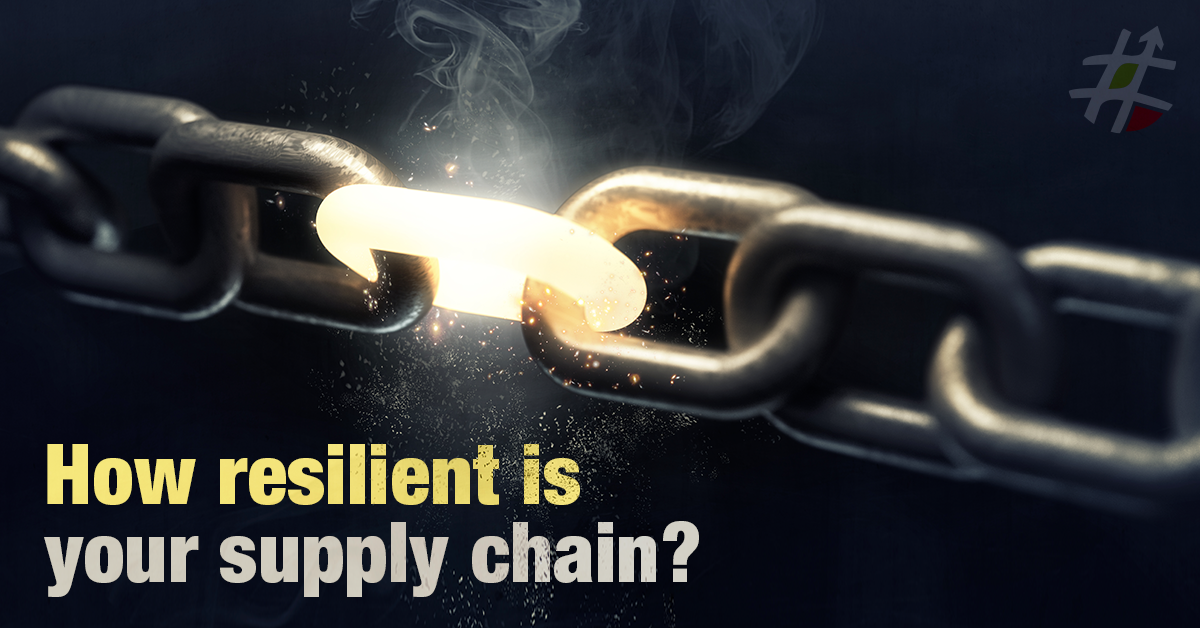Travel to Australia is down by 60% due to COVID-19. It’s just one of the many blows to the economy caused by the pandemic. This unprecedented drop in GDP is leading to a potentially seismic shift in how procurement is viewed and how it can make organisations across Australia more sustainable. With this change in perception comes a new set of challenges faced by procurement departments. How many of their challenges do you share?
McKinsey has identified six key challenges facing procurement organisations due to the pandemic.
- CPOs face supply chain disruption, causing availability problems.
- Procurement has to contend with sharp declines in demand due to restrictive public policies and changes in consumer behaviour (like the 60% decline in travel).
- Procurement officers have had to both ramp up and ramp down supply chains, as some organisations pivot – temporarily – to fill new niches, while others have battened down the hatches and chosen instead to wait out the pandemic storm.
- There is an oversupply in many sectors.
- Generous government benefits are the only thing keeping some businesses alive, as manufacturers and suppliers face financial distress. When the dust settles, CPOs may well find they are facing a supply chain littered with zombie organisations instead of living vendors.
- There is tension in commodity pricing due to declining demand.
Balance cost and speed
While everyone has hurdles to jump due COVID-19, the spotlight is very much on procurement. We are an essential pillar industry, and we have to step up and deliver more value, much faster. Procurement has to draw a delicate balance between generating savings and cash while maintaining a stable supply chain. Data is the key.
Recessionary times usually lead to a higher percentage of organisations going into administration. However, given the level of government support, we’re not seeing the type of bankruptcies we would typically expect. This might seem like good news, but it could also mean our supply chains are studded with zombie organisations. These walking dead need to be weeded out so we can focus our efforts on helping vendors with long term viability survive the pandemic. But we won’t know who has a pulse without the right data.
No category is safe anymore
At Comprara, we’ve put a lot of work into building customised levers for specific categories to help save costs. The McKinsey & Company backs up the work we are doing and their report highlights that value levers customised to a specific category, company and sector are one way CPOs can jump the hurdles COVID has thrown in their path. McKinsey also points out that all categories must now be considered fair game, including traditionally stable categories such as rent.
Milan Panchmatia, Comprara joint CEO, said, “The custom lever methodology we have built allows procurement departments not only to identify projects and potential savings but provide a level of granularity into how the savings are calculated that has never been seen before. Our methodology looks at the savings by lever type used and details how many man days it will take to deliver the project as well as the duration taken. The platform has been built from the ground up to work on a sector by sector basis building in detailed category expertise in order to deliver highly accurate results.”
More importantly, procurement data analytics – including spend analytics – is something we can utilise while working remotely. Remember how travel is down 60%? There is likely to be a fair few underutilised procurement resources available, such as procurement officers who have met the immediate challenges faced by their organisations and are now just waiting for the next event, whether that’s an easing of restrictions, an uptick in travel as people hold weddings, have holidays or just start getting out of the house once lockdowns ease. While demand for procurement is down in some sectors, we need to leverage this unused capacity and combine it with in-house capacity to plan for the future.
Build resilient supply chains
Disasters have the ironic ability to quicken evolution. Now is the time to build more resilient supply chains. Examine every one of your spend categories and develop data-driven strategies for the post-COVID normal.








